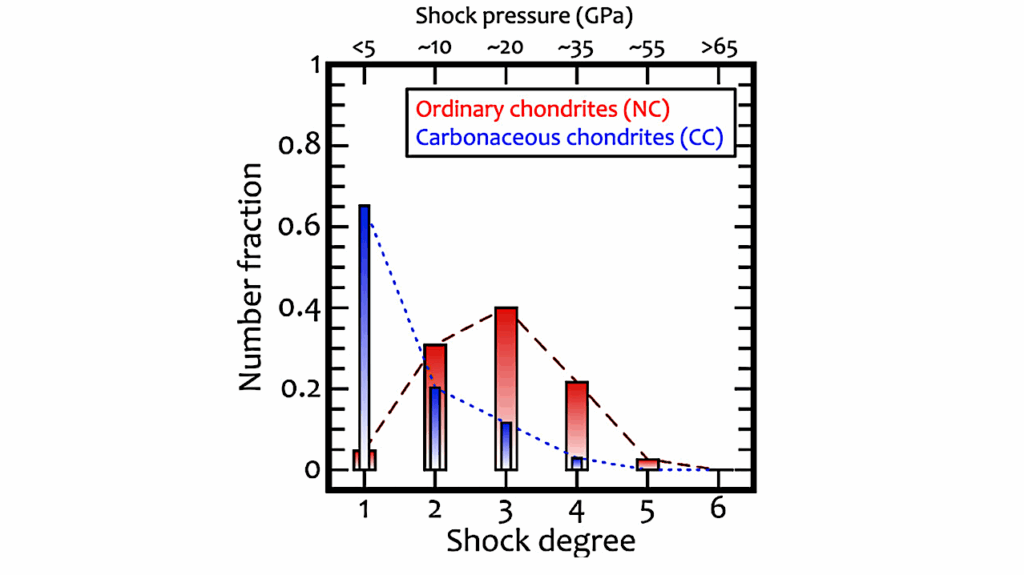Habitability Constraints By Nutrient Availability In Atmospheres Of Rocky Exoplanets

Life as we know it requires the presence of liquid water and the availability of nutrients, which are mainly based on the elements C, H, N, O, P, and S (CHNOPS) and trace metal micronutrients.
We aim to understand the presence of these nutrients within atmospheres that show the presence of water cloud condensates, potentially allowing the existence of aerial biospheres. In this paper we introduce a framework of nutrient availability levels based on the presence of water condensates and the chemical state of the CHNOPS elements.

Results of the 1D atmospheric model for CC total element abundances and surface conditions of Tsurf = 700 K and psurf = 70 bar. Left panel: Gas-phase composition of the model atmosphere with the indicated nutrient availability levels at the top. Right panel: Thermally stable cloud condensates in the model atmosphere. — astro-ph.EP
These nutrient availability levels are applied to a set of atmospheric models based on different planetary surface compositions resulting in a range of atmospheric compositions. The atmospheric model is a bottom-to-top equilibrium chemistry atmospheric model which includes the atmosphere-crust interaction and the element depletion due to the formation of clouds.
While the reduced forms of CNS are present at the water cloud base for most atmospheric compositions, P and metals are lacking. This indicates the potential bio-availability of CNS, while P and metals are limiting factors for aerial biospheres.

Nutrient availability levels applied to a range of atmospheric models for different sets of total element abundances. The colouring of all present nutrient availability levels are given in the legend above. The solid black line provides the pressure level of the H2O[l,s] cloud base in the respective models. The darker shade of the nutrient availability levels (indicated with * in the legend), are showing the corresponding nutrient availability level of gas-phase composition although the primary assumption of the presence of H2O[l,s] is not fulfilled. The green cross hatched region indicates N2/ntot < 10−9 . The horizontal dotted lines refer to the gas phase temperature Tgas. — astro-ph.EP
Oliver Herbort, Peter Woitke, Christiane Helling, Aubrey L. Zerkle
Comments: accepted for publication in International Journal of Astrobiology, 12 pages + 11 pages appendix
Subjects: Earth and Planetary Astrophysics (astro-ph.EP)
Cite as: arXiv:2404.04029 [astro-ph.EP] (or arXiv:2404.04029v1 [astro-ph.EP] for this version)
Submission history
From: Oliver Herbort
[v1] Fri, 5 Apr 2024 11:22:00 UTC (15,285 KB)
https://arxiv.org/abs/2404.04029
astrobiology








